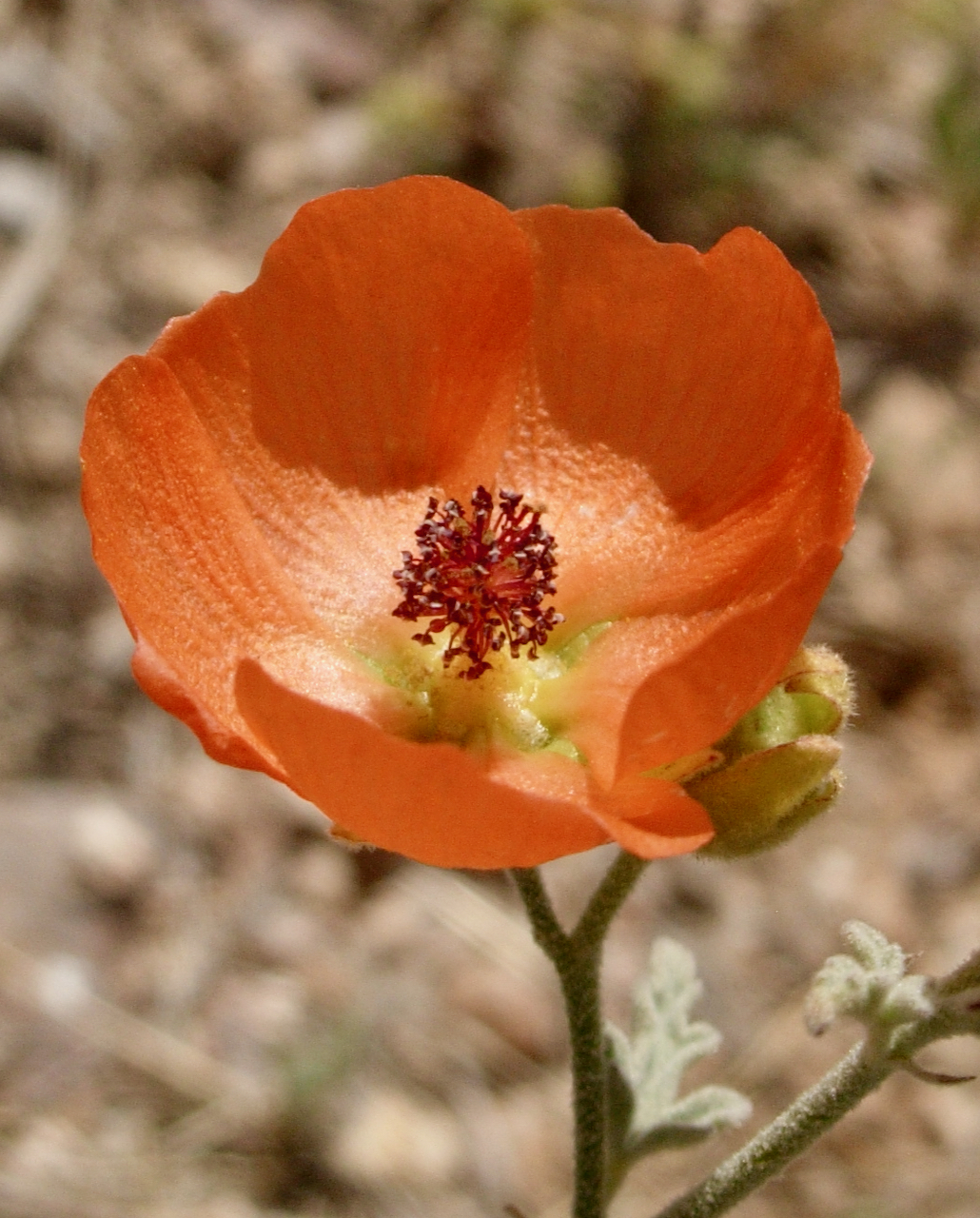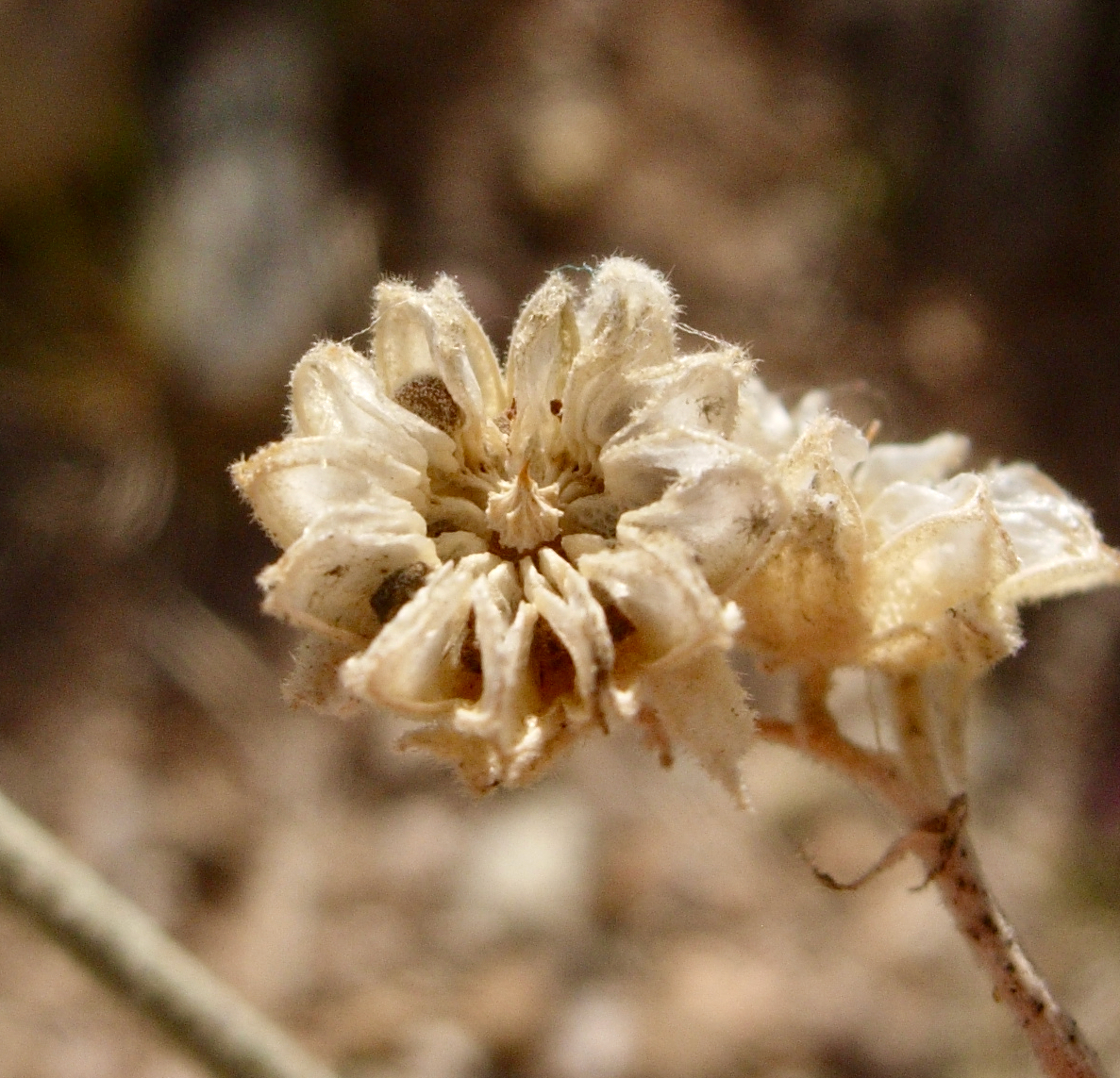Desert Globemallow
Sphaeralcea ambigua
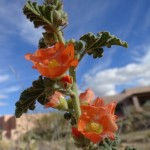
About the Plant
Growing wild in our portion of the Sonoran desert, desert globemallow blooms mainly late winter into spring, though a few flowers can be seen at other times. The flowers are predominantly orange but pink, red, white, or lavender flowers also occur.
Grow desert globemallow in full sun. This woody perennial needs no irrigation once established but irrigation will increase plant size and flowering. If plant becomes tall and rangy, cut back to about 6 inches in fall (this may eliminate flowering until the next season). Gloves and long sleeves recommended as the hairs on the leaves can be irritating.
Sphaeralcea ambigua is the most common cultivated species in our area and some selection has been made for flower color. Species native to Saguaro National Park - Rincon Mountain District include S. emoryi, S. fendleri, and S. laxa (resource: SEINet checklist for the District).
Wildlife value: the flowers provide nectar for butterflies and pollinators.
More information:
Weekly Plant on desert globemallow
Horticultural information from ASU
Technical botanical description from SEINet
In books:
Native Plants for Southwestern Landscapes by Judy Mielke, page 259.
Perennials for the Southwest by Mary Irish, page 245.
ID Characteristics
This plant is in the Malvaceae - the mallow family.
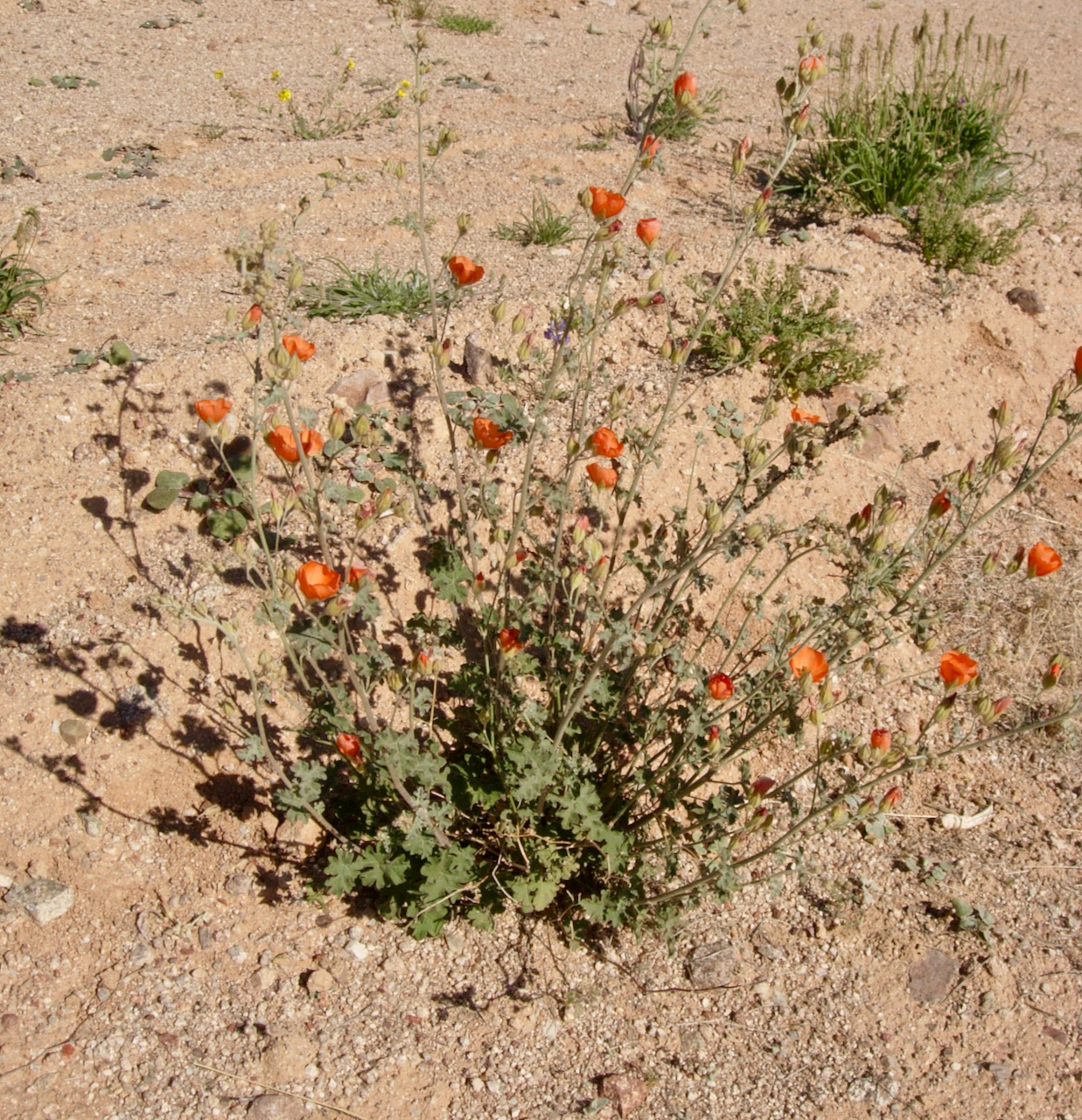 Desert globemallow is 2-5 feet tall, depending on rainfall. It will often appear dense at the base, with many thin branches shooting upward.
Desert globemallow is 2-5 feet tall, depending on rainfall. It will often appear dense at the base, with many thin branches shooting upward.
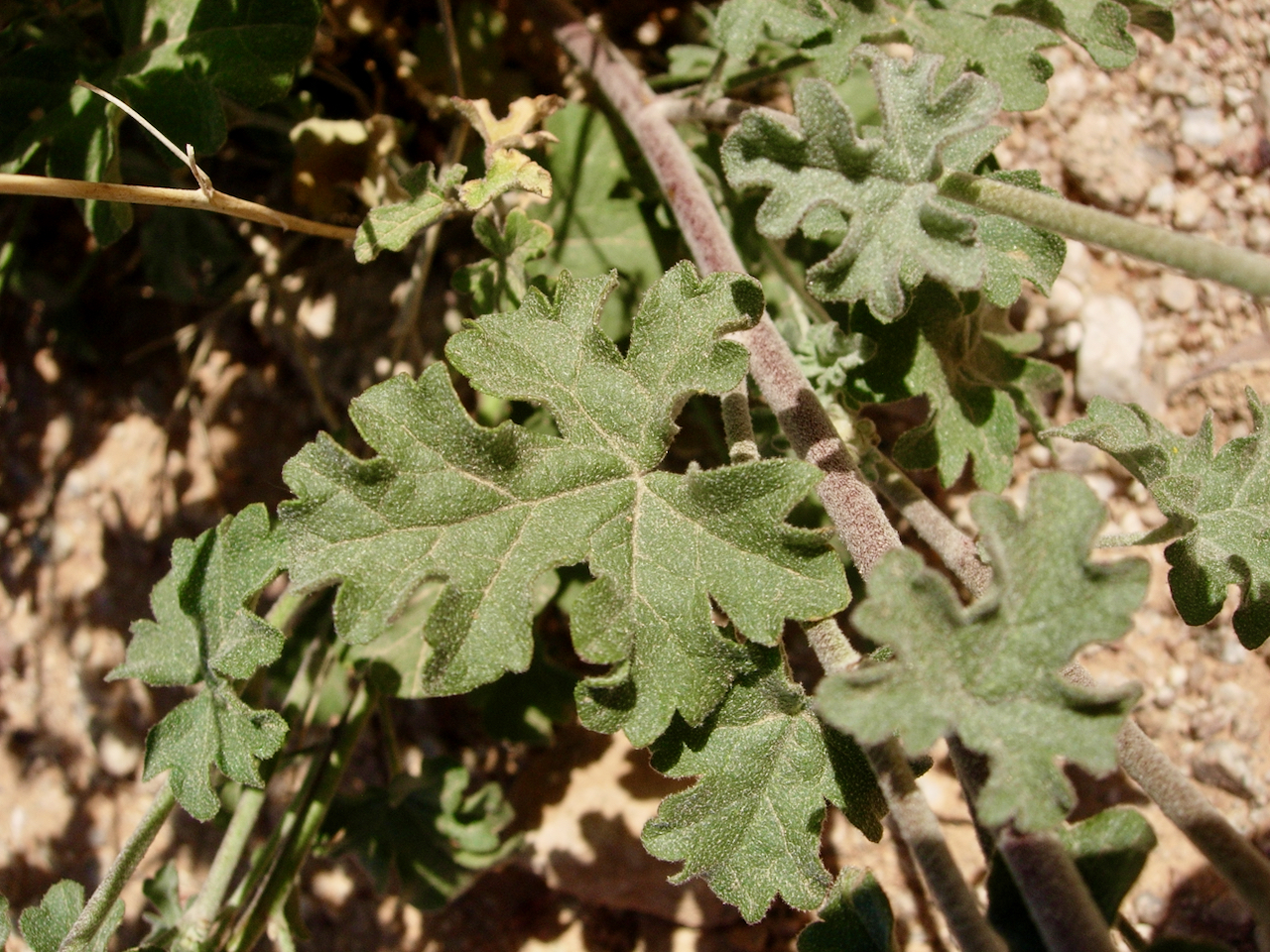 The alternate leaves are lobed and all the veins meet at the base of the leaf. Look for tiny hairs on the leaves (careful, they can be irritating). The exact shape of the leaf varies between plants.
The alternate leaves are lobed and all the veins meet at the base of the leaf. Look for tiny hairs on the leaves (careful, they can be irritating). The exact shape of the leaf varies between plants.
Flowers are 1-1.5 inches across with 5 petals. In the center is the pistil (female flower parts). Numerous male stamen are united to the pistil to form a central column. This structure is characteristic of plants in the Mallow family (Malvaceae).
The fruit is less than an inch wide, open at the top with many segments, each containing a seed. They are not particularly attractive.
